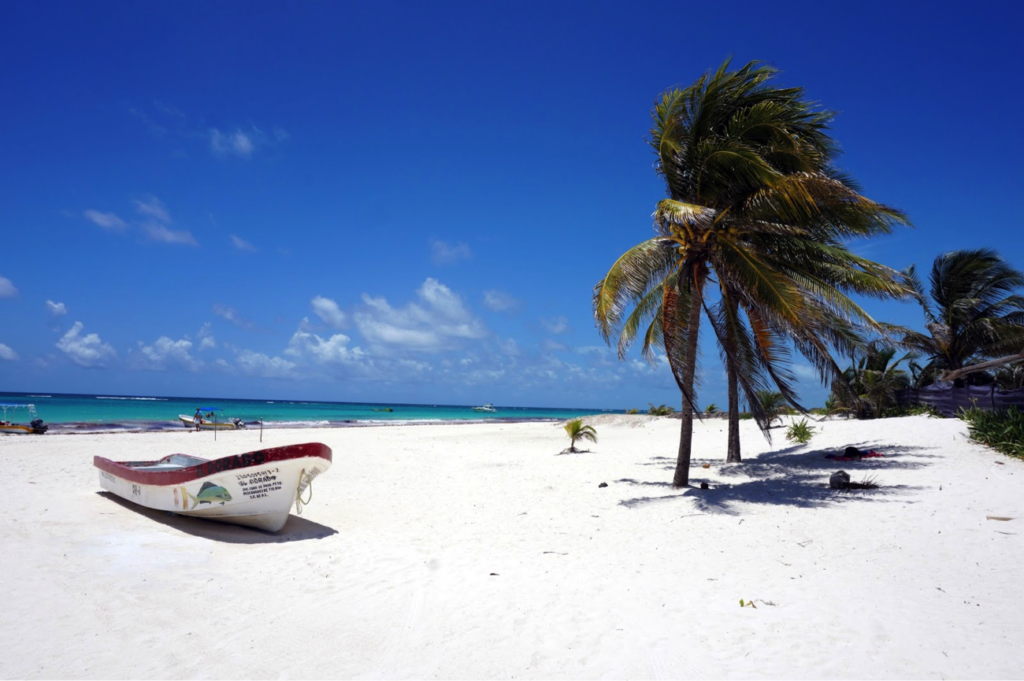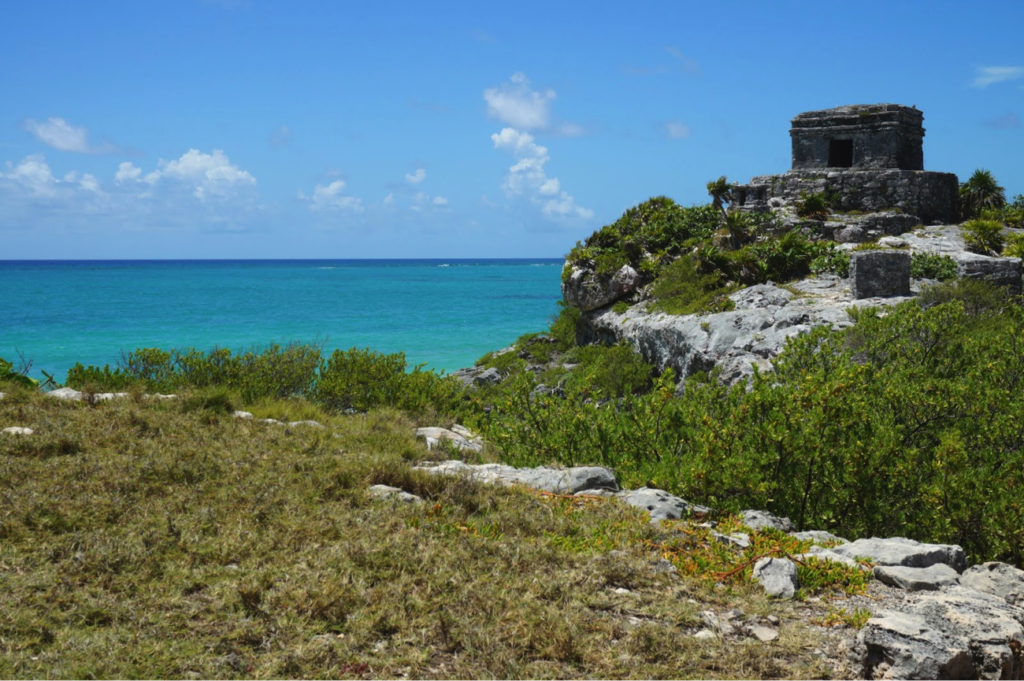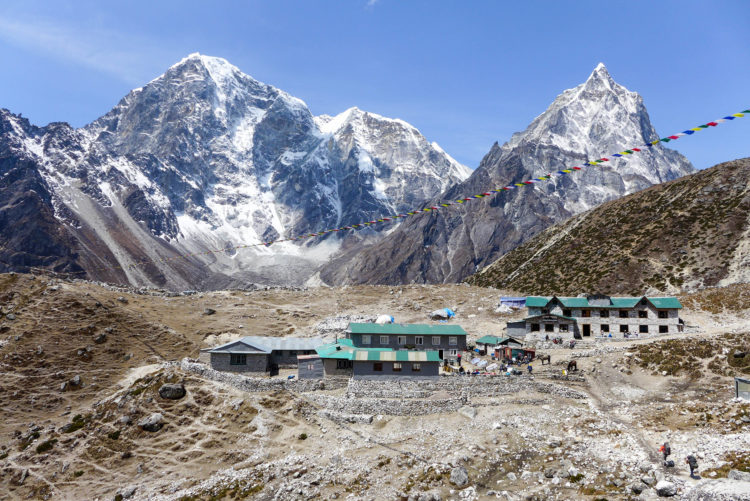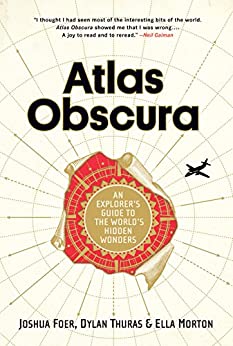The colectivo: Exploring the Riviera Maya like a local

The Riviera Maya is a playground for international and Mexican tourists alike. With so much to do, it can be hard to decide which activities to spend your precious time and money on. These decisions are made all the more difficult by the expensive nature of excursions shuttling you between your hotel and destination. Many companies take advantage of the fact that non-locals — unfamiliar with transportation options — default to convenient yet expensive brand name excursions with transportation included.
Our hotel presented us with an alternative: the colectivo. Different staff members offered us varying bits of information, but we soon pieced together a clear picture of how the system works. The colectivo system quickly became the backbone of our vacation in the Riviera Maya, both as a practical method of transportation and a means of getting a better glimpse of local culture.
Using the colectivo network
The colectivo system operates between Cancun and Tulum in two branches along Highway 307. Vans run between Cancun and Playa del Carmen, and between Playa del Carmen and Tulum.
Colectivos are large white vans marked by red or turquoise stripes and a small logo on the front. To catch a colectivo, travelers outside of Playa del Carmen and Cancun stand on the side of the highway. If a colectivo has space, it flashes its lights as it approaches and travelers wave to confirm they wish to be picked up.
Catching a colectivo along the highway is straightforward, but finding the stations in the cities can be tricky. In Cancun, the station is in a parking lot near the ADO bus station. In Playa del Carmen, the station is at Calle 2 Norte between the 15th and 20th Avenues. State your destination as you approach the station and someone will direct you to the right van. You may have to wait for the van to fill up before it departs.
It’s best to tell the driver when you get in where you’re going, but you may need to state it again as a reminder when approaching your destination. This can be nerve-wracking if you’re not sure where exactly your destination is, but just keep an eye out for signs on the highway. Some drivers also shout out the name of major destinations as you get closer.
The cost is usually about 30 pesos per person per ride. Although we noticed some people paid the driver when getting on board, most paid when disembarking. We did the latter and never had any issues. The driver has change, so payment doesn’t have to be exact.
If you need to use both branches of the network, you’ll have to switch vans at the colectivo station in Playa del Carmen. Note that you must pay for each branch; if you’re traveling from Tulum to Cancun, for example, you will need to pay 30 pesos to each driver.
Is it safe?
Although somewhat intimidating, the system is safe and used by both locals and tourists. We took colectivos everywhere during our trip; sometimes the van was packed, sometimes we were the only ones on board. There is usually air conditioning and the seats are comfortable. Often seat belts were wedged far into the seats, but this is no different than public buses without seat belts. We never felt endangered by poor driving or heavy traffic.
Why take the colectivo?

First, it will save you a ton of money. We encountered many companies offering excursions to nearby ecological and adventure parks such as XPlor, Xcaret, and Xel-Ha. The excursions advertised for XPlor cost about $27 USD per person higher than stand-alone admission to the park itself; from what we could tell, the only added feature was transportation to and from the park. This seemed excessively expensive, especially with a large group. Using the colectivo for two people — getting there and back — cost 140 pesos. Currently, that equals about $7.70 USD. You’ll feel super savvy and smart when arriving at your destination and seeing a crowd exiting a tour bus that cost much more than your trusty colectivo. Likewise, a taxi from our hotel to Cancun would have cost about 800 pesos (over $40 USD) one way, but the colectivos cost 140 pesos each ($7.70 USD) round trip.
Using the colectivo lets you travel on your own terms. The vans start running at about 5am, so colectivos allow you to arrive at a site before the tour buses. They also make it easy to leave earlier or later than tour buses, and you can visit additional sites along the route. Instead of being limited to the excursion company’s itinerary, you can plan your own day.
You’ll also get to travel with people who aren’t international tourists. Many locals take the colectivos to work at the resorts and attractions throughout the Riviera. If you speak Spanish (or don’t mind trying!) this is a great opportunity to find out which destinations off the main international tourist track are worth seeing. If you get one of the front seats, you can chat with the driver as well.
Tips for the best colectivo experience
Colectivo stations in cities. Not all residents or cab drivers in Cancun or Playa del Carmen know where the colectivo station is, and it can be tricky to find. If arriving to these cities by colectivo, pay attention to where the station is so you can find it on the return trip. Don’t be afraid to ask locals if you’re having trouble: “¿Perdón, colectivo?” should get you a response. If the person doesn’t know, ask someone else.
Using colectivos during rush hour. Since many resort and attraction workers use colectivos, they can get busy at certain times of the day. Be conscious of this if catching a colectivo from just outside a city; a few might pass before one has space.
Exercise caution when crossing roads. The colectivos operate along Highway 307, which can be busy. If you see the colectivo approaching on the other side of the highway, don’t rush across to catch it. Another will come by shortly.
Google your destination in advance. If you have wifi access at your accommodation, run a search on Google Maps to see how far your desired destination is and how long it should take to get there. This can reduce the stress of getting off at the right spot.
Seating. When you get on, the seats may look full. If this is the case, you can sit in one of the two spots beside the driver. There is also a smaller seat at the entrance on the back of the front passenger seat. The driver won’t stop for you if there are not enough seats, so look closely.
Destination limitations. The colectivos do not run to Chichen Itza, which is a few hours inland from the Riviera Maya. However, there are public buses than run to Chichen Itza from the ADO bus station across from the Cancun colectivo station.
Have you taken the colectivo in the Riviera Maya? Share your experiences or travel transportation secrets in the comments below.
Veronica Ross
Latest posts by Veronica Ross (see all)
- The colectivo: Exploring the Riviera Maya like a local - July 4, 2016
- Iceland’s Respect for Nature is Centuries Old - December 15, 2015
- Malta and Toronto Share More Than a ‘t’ - March 3, 2015










 Almost all the tea houses in
Almost all the tea houses in 











